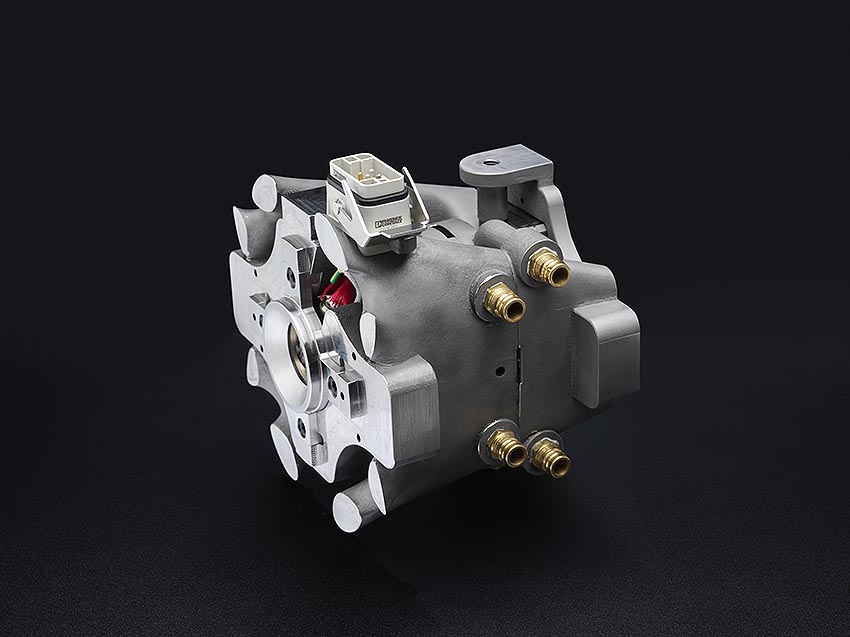Rapid advancement prototyping, then again suggested as Rapid Tooling (RP), is starting at now the most reformist procedure for rapidly making a model. This development is polished by using a Rapid Tooling machine. Rapid model machines can make models in irrelevant hours. Dependent upon the multifaceted idea of the model, it may take wherever from a few of hours to several days for its completion.

Rapid advancement prototyping is furthermore consistently called solid free-form creation, layered assembling, or PC robotized fabricating.
The benefits of using rapid advancement prototyping are
Any object of any complexity can be formed sensibly adequately and rapidly without the necessity for machine course of action or assembling.
Articles are created utilizing various materials or as composites.
Since for the most part a lone unit is conveyed, the costs can be held down to a flat out least.
Here’s a compact explanation of how it capacities
Basically, rapid advancement prototyping takes standard 2 dimensional printing and adds a third estimation to it advantages of rapid tooling. As such, Rapid Tooling machines are lovingly called 3 dimensional printers. Rapid tooling advancement prototyping takes a Computer-Aided Design (CAD) model and using a laser, makes a physical model out of a variety of media. The media types join paper, creative material, wax, or even plastic.
Alternately with most machining structures, rapid development prototyping is an additional substance technique. This infers layers of media (whether or not paper, imaginative, wax or plastic) are joined to make a 3-D solid thing. Most machining structures, for instance, infiltrating and squashing, are subtractive strategies, where material is ousted from a solid square.
What is it used for?
Rapid advancement prototyping is normally used by trailblazers to help pass on their improvement to a patent legal advisor or a trade delegate. It may moreover be used for getting producing locales, endeavoring to impact examiners and in promoting focus social occasions. As you can imagine, it is much easier to pass on an advancement using a 3-D model than with a 2-D drawing or chart.
What does it cost?
Clearly, costs expand due to the multifaceted nature and size of your creation. They can in like manner increase if you need additional structure work, for instance, painting done. Tinier models can be made using rapid advancement prototyping for about $250. You can expand a measure by calling a couple of associations.
There are hindrances to rapid advancement prototyping, yet it truly is reformist. Previously, makers expected to hold up weeks, once in a while up to months and pay significantly higher charges to have a singular model made. It is in like manner possible to use rapid advancement prototyping for making instruments. This technique is known as rapid tooling. Moreover, it can even be used for the production of parts and creates, known as rapid assembling.
